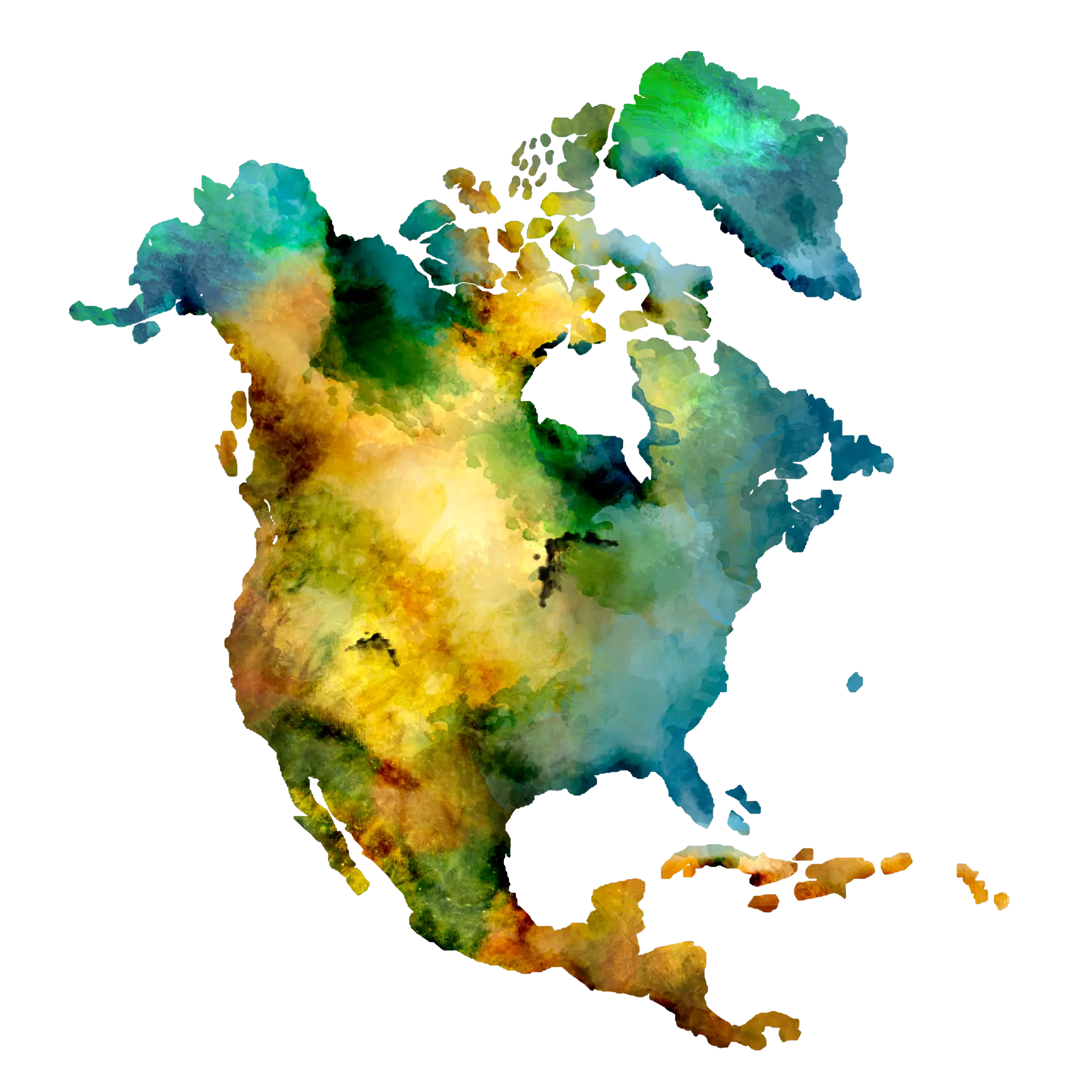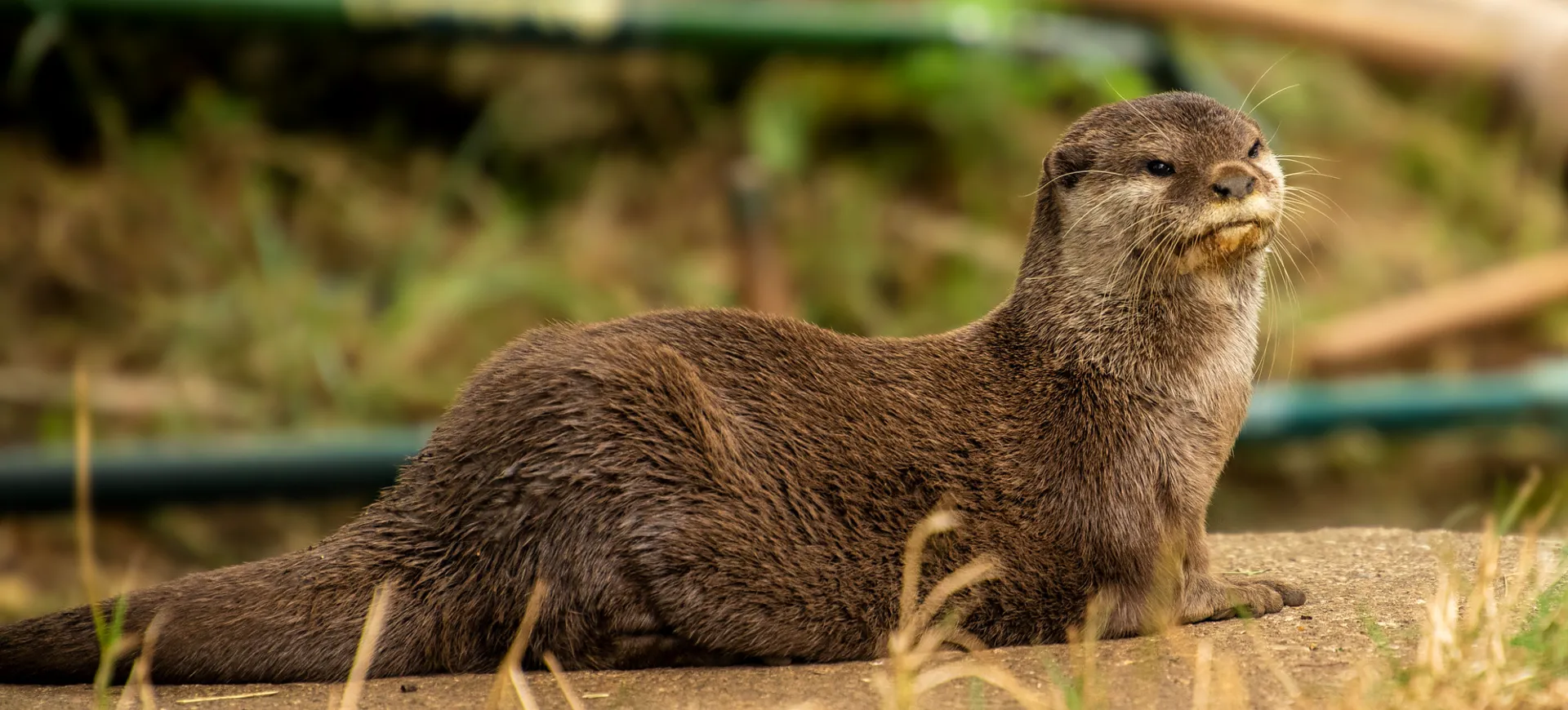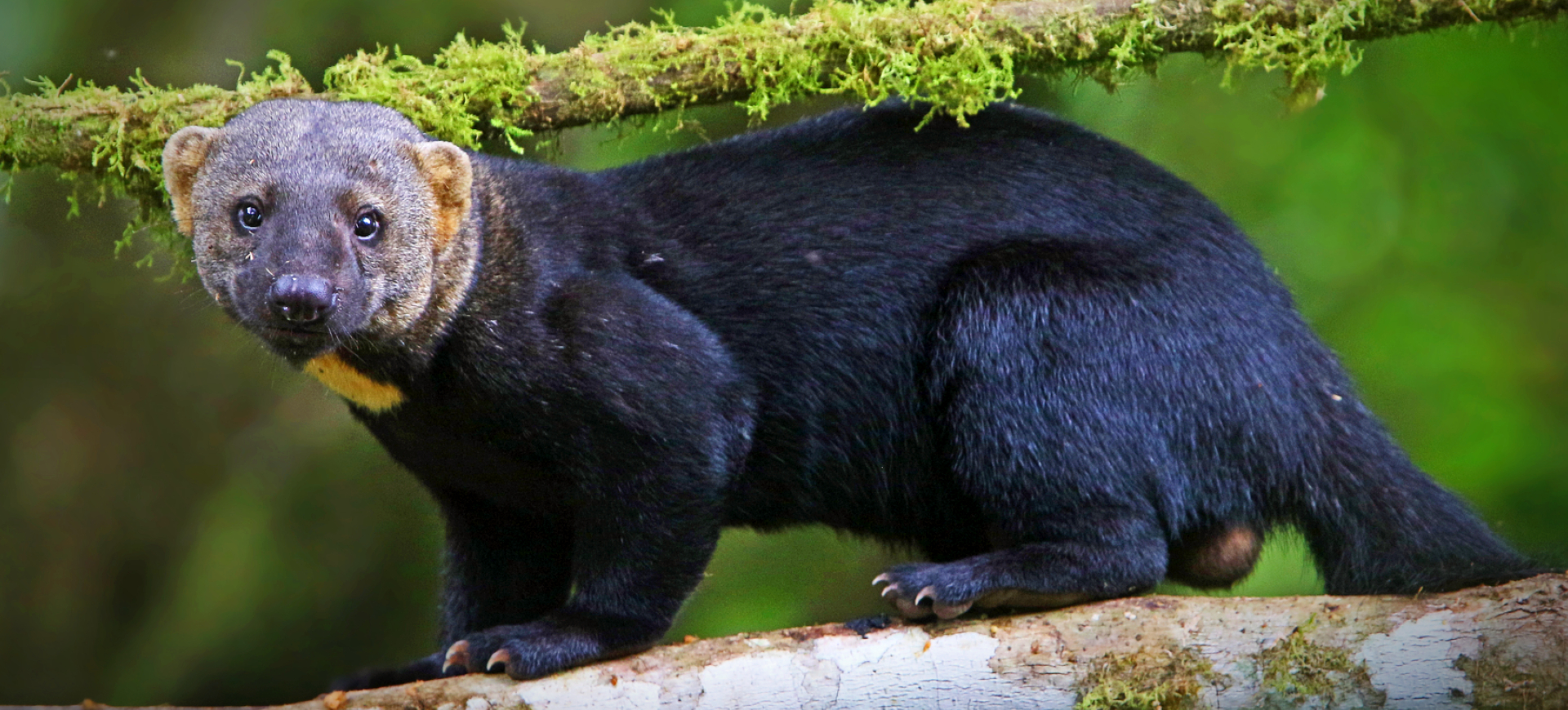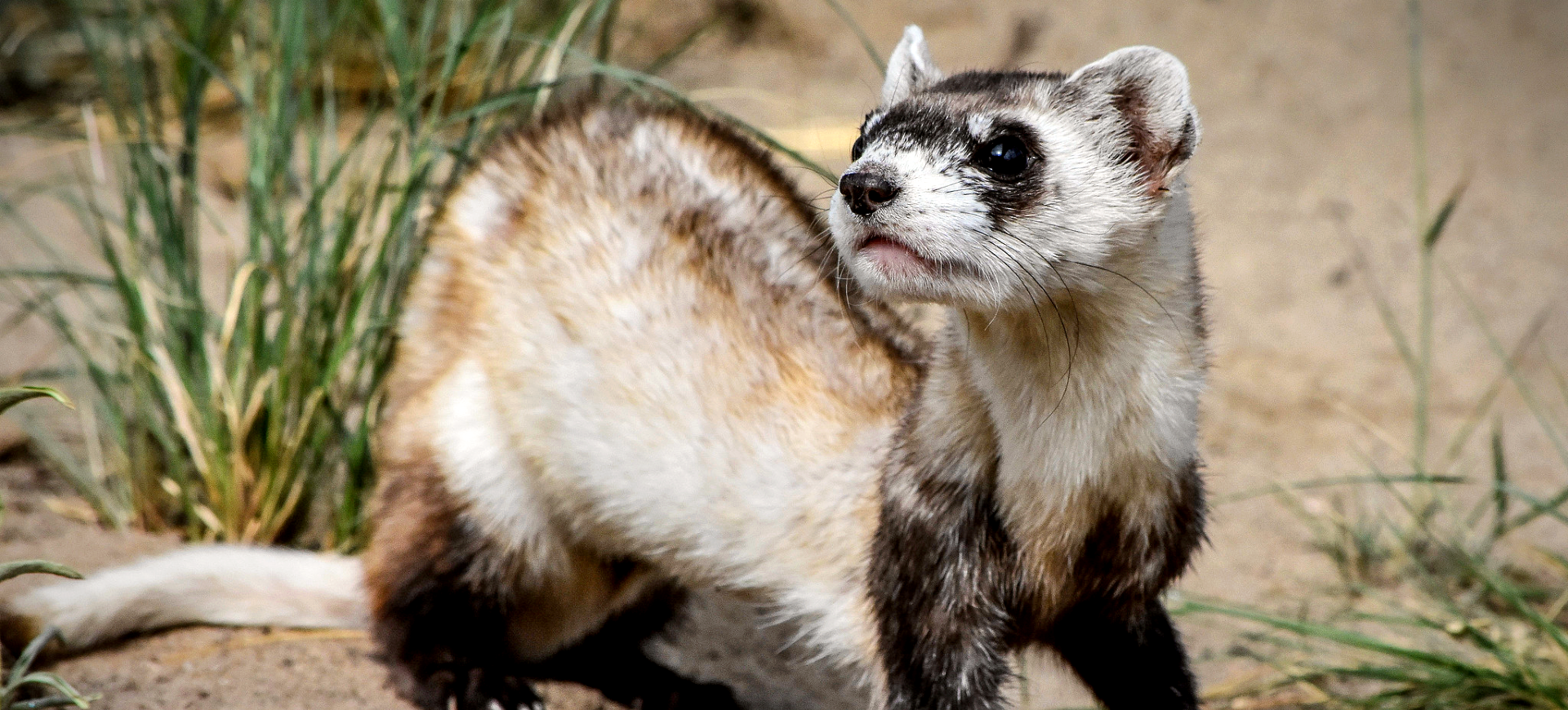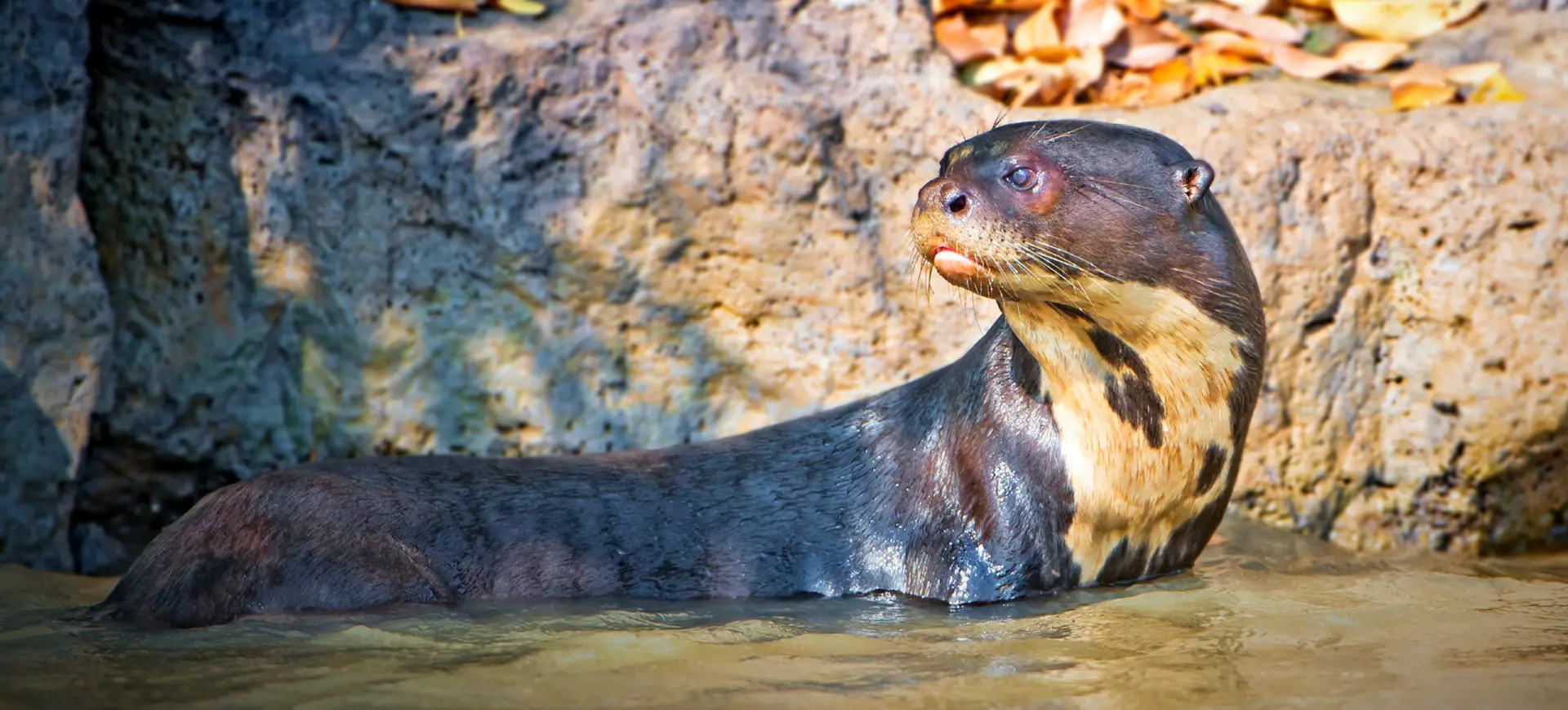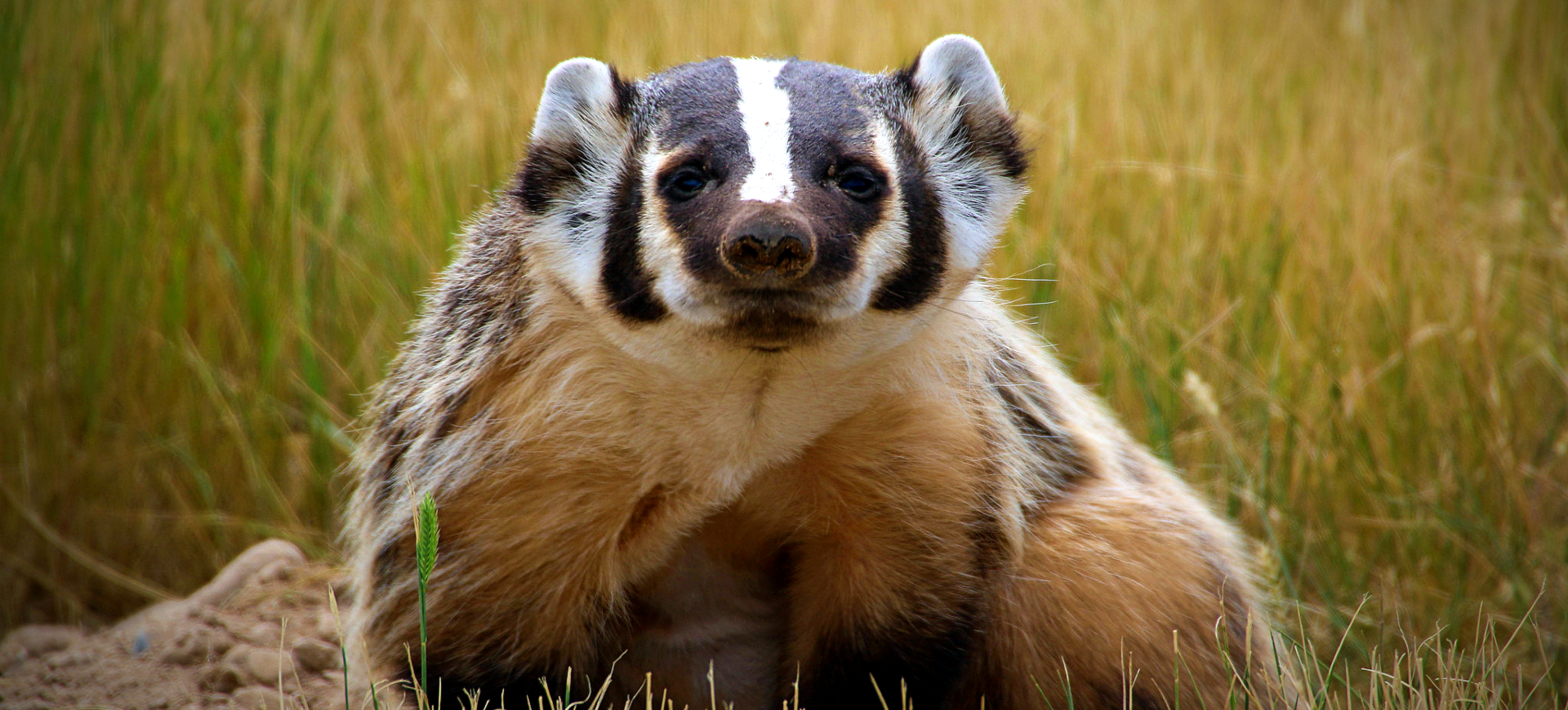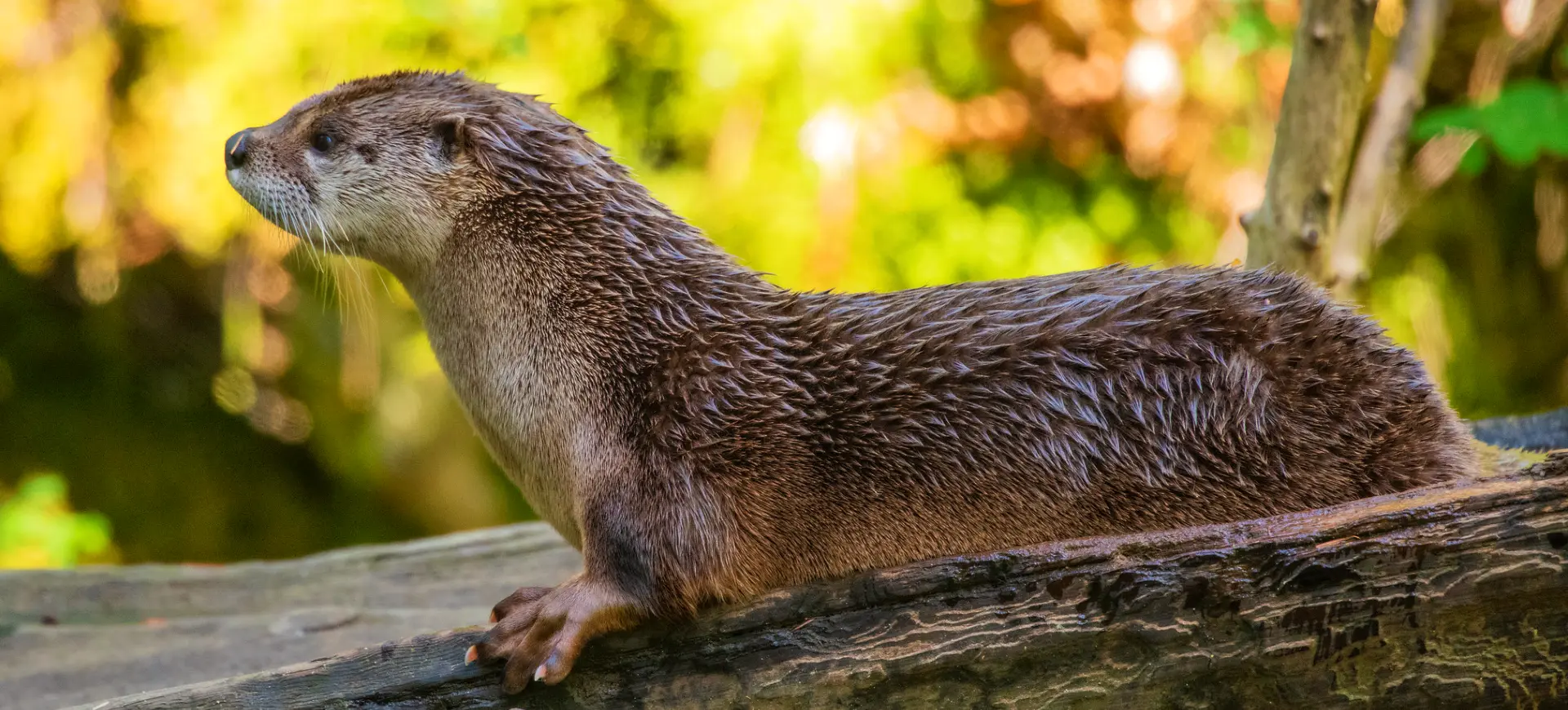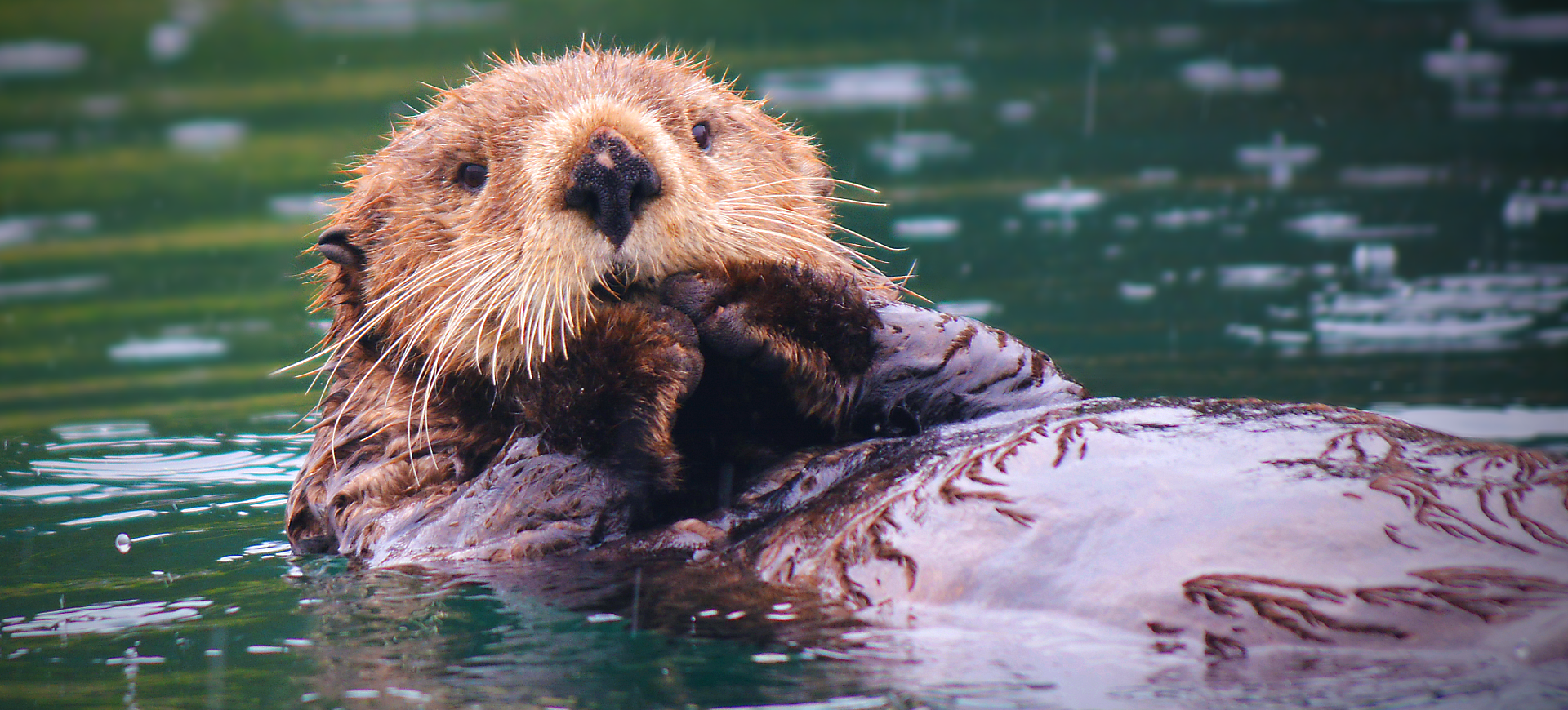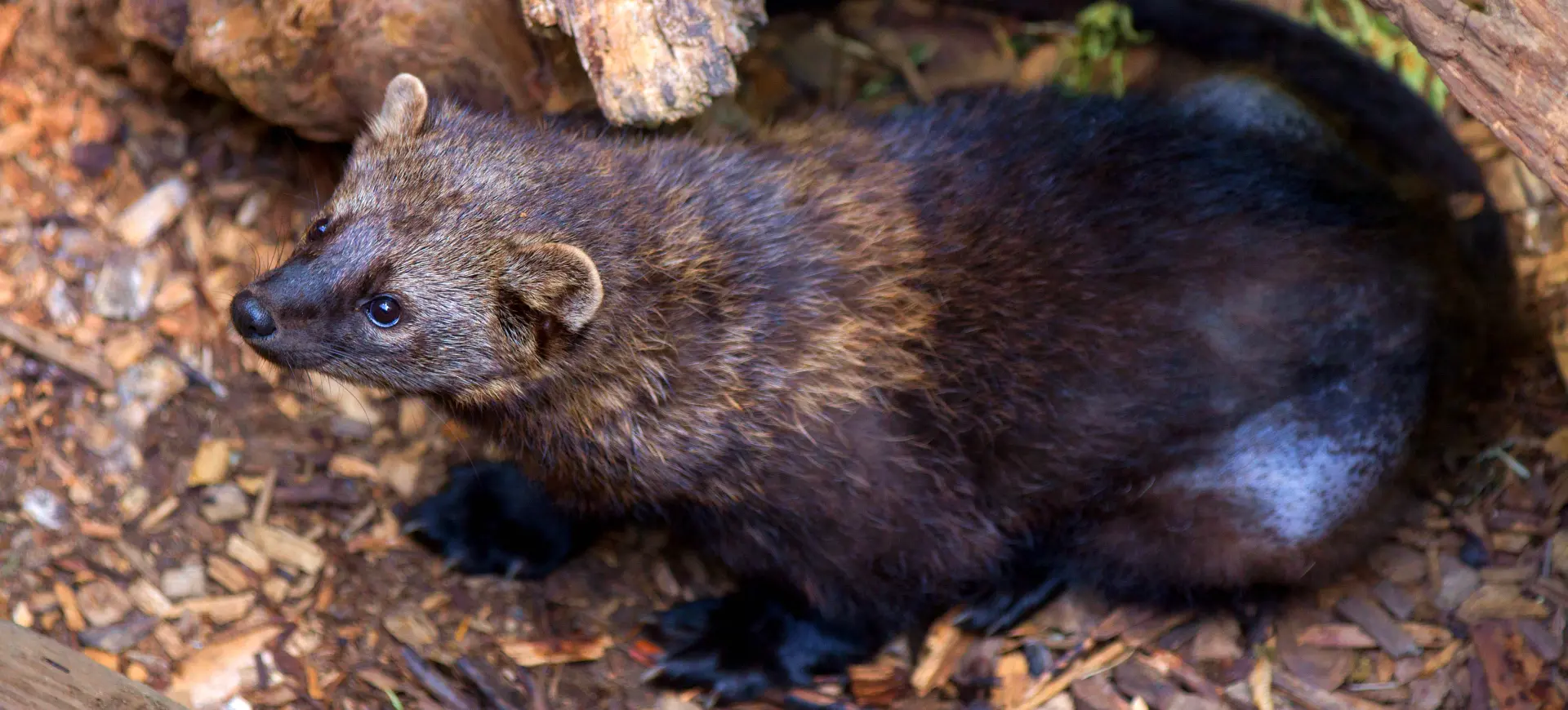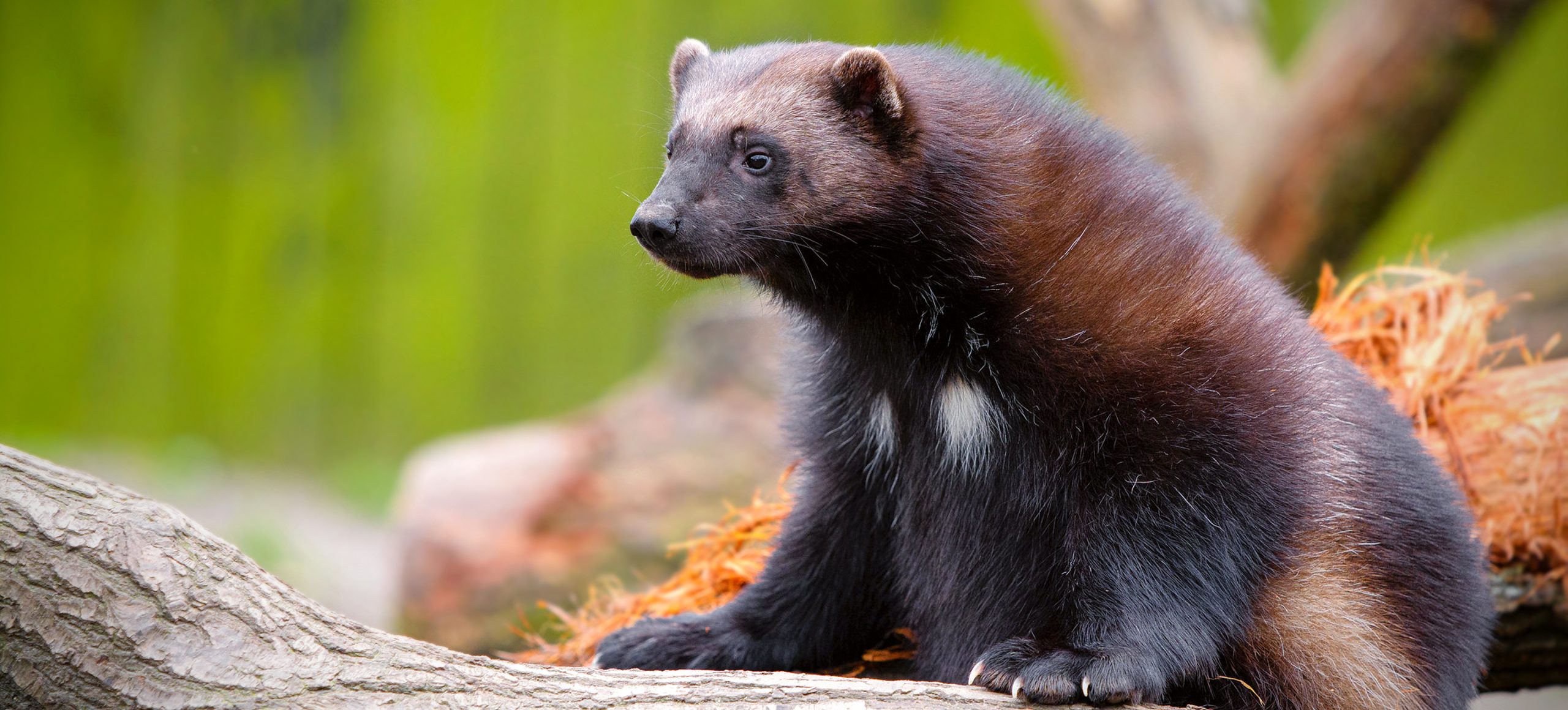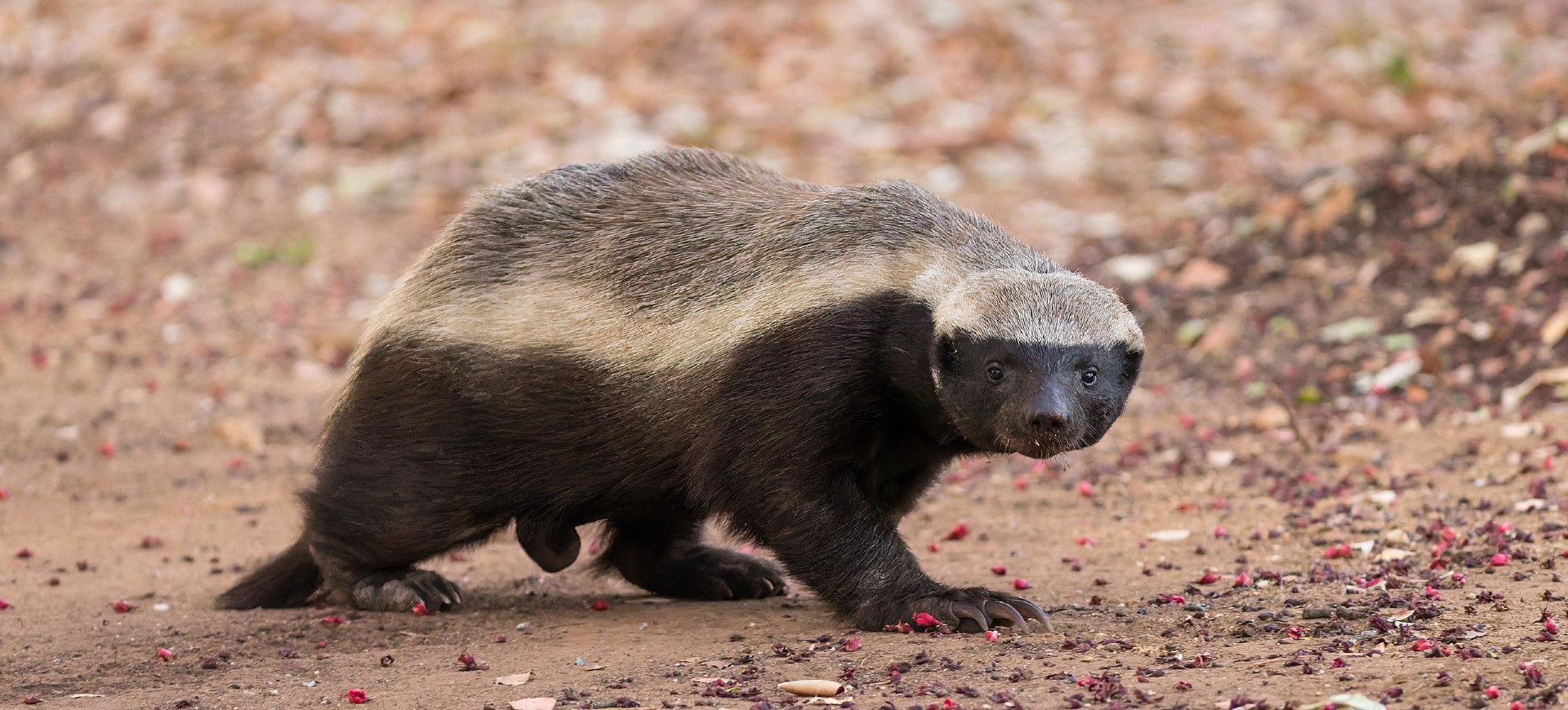Overview
The American Mink (Neovison vison) is distinguished by its small size and strong adaptation to aquatic and terrestrial habitats, making it a versatile inhabitant of North America’s diverse ecosystems. With its sleek, dark brown fur and distinctive white chin patch, this semiaquatic mammal is prized for its appearance and skill in navigating through water. The mink’s slender body, short limbs, and bushy tail enhance its swimming capabilities, allowing it to pursue a wide range of prey in various aquatic environments such as rivers, lakes, and marshes.
The American Mink’s diet in the wild reflects its predatory nature and opportunistic feeding habits, including a preference for fish, amphibians, crustaceans, and small mammals. This varied diet demonstrates the mink’s ability to adapt and thrive in many habitats, from densely wooded areas to the edges of urban environments. Its role as predator and prey is crucial in maintaining the balance within its native ecosystems, highlighting the mink’s significance in North American biodiversity.
However, the American Mink’s adaptability also poses challenges, especially in regions where its presence conflicts with human interests or threatens native wildlife. In some areas, minks are considered pests due to their impact on poultry farms and competition with indigenous species for resources. Despite these conflicts, the American Mink’s resilience and continued adaptability have cemented its role as an integral component of wetland ecosystems across North America, demonstrating its importance in sustaining ecological balance amidst changing environments.
Taxonomy
Kingdom
Phylum
Class
Order
Family
Genus
Species
Type
Current distribution:
The American Mink is widely distributed across North America, from the northern regions of Canada to the United States and parts of Mexico. This extensive range reflects the mink's adaptability to various environments and climates within the continent. Its presence in various habitats, from dense forests to urban areas, indicates its ability to thrive near human activity.
In recent years, the introduction of American Minks to other parts of the world, intentionally for fur farming or accidentally, has established populations in Europe and South America. These non-native populations pose ecological challenges, as the mink can outcompete native species and disrupt local ecosystems. Efforts to manage these invasive populations are ongoing, highlighting the importance of controlling the spread of non-native species to protect biodiversity.
Physical Description:
The American Mink has a sleek body covered in dense, dark brown fur, highly valued in the fur industry. Its body is elongated and streamlined, making it an efficient swimmer, with partially webbed feet that enhance its swimming capability. The mink’s face is small and pointed, with sharp teeth adapted for its carnivorous diet and small, rounded ears that are partially hidden by fur. This adaptation helps minimize water resistance and protect the ears while swimming.
Adult American Minks vary in size, with males being significantly larger than females. This sexual dimorphism is evident in their weight, length, and overall body size. The dense fur coat of the mink provides insulation, allowing it to remain active in water during cold seasons. Despite their small size, minks are known for their boldness, capable of taking down prey much larger than themselves, including rabbits and large fish.

Lifespan: Wild: ~4 years || Captivity: ~10 years

Weight: Male: 1.5-3.5 lbs (0.7-1.6 kg) || Female: 1-2 lbs (0.45-0.9 kg)

Length: Male: 23-28 in (58-71 cm) || Female: 18-22 in (46-56 cm)

Top Speed: 8 mph (13 km/h)
Characteristic:
Native Habitat:
The American Mink is native to North America, occupying many wetland habitats, including rivers, lakes, marshes, and coastal regions. These habitats provide the necessary water sources for its aquatic prey and dense vegetation for cover. The mink’s adaptation to aquatic and terrestrial environments highlights its ecological versatility, allowing it to thrive in various wetlands across its native range.
The preference for habitats with abundant water sources is crucial for the mink’s survival, as these areas support the diverse prey base needed for its carnivorous diet. The dense vegetation and availability of den sites in these wetlands also offer protection from predators and harsh weather conditions. Despite its adaptability to different habitats, the American Mink’s reliance on aquatic environments makes the preservation of clean, healthy wetlands essential for its continued survival.
Climate Zones:
Biogeographical Realms:
Continents:
Countries:
Diet:
Diet & Feeding Habits:
The American Mink is a carnivore whose diet reflects its opportunistic feeding behavior and aquatic habitat. It preys on various aquatic and terrestrial organisms, including fish, frogs, crayfish, birds, and small mammals. The mink’s strong swimming ability allows it to dive and chase down fish, while its land agility helps it effectively hunt terrestrial prey. This versatility in hunting techniques ensures the mink has access to food in various environments.
Feeding habits of the American Mink vary seasonally, with its diet adapting to the availability of different prey types throughout the year. In addition to hunting live prey, minks will scavenge when opportunities arise, showcasing their adaptability. The importance of water bodies in their diet is evident, as minks tend to hunt more aquatic prey during spring and summer when these food sources are more abundant. The dietary flexibility of the American Mink contributes to its success as a predator in diverse ecosystems.
Mating Behavior:
Mating Description:
The American Mink’s breeding season occurs yearly in late winter to early spring. During this time, males become more mobile and travel extensively to find receptive females. Mating involves complex behaviors, including vocalizations, scent marking, and physical pursuits. After mating, females prepare dens for birthing, often utilizing natural cavities or burrows made by other animals.
Gestation in the American Mink lasts approximately 40 to 75 days, with this variation due to delayed implantation, a common trait among mustelids. Females give birth to a litter of 2 to 10 kits, born blind and helpless. The mother solely cares for the offspring, providing them milk, warmth, and protection. The kits develop rapidly, weaning at about 5 to 6 weeks of age and becoming independent by the fall.
Reproduction Season:
Birth Type:
Pregnancy Duration:
Female Name:
Male Name:
Baby Name:
Social Structure Description:
The American Mink is predominantly solitary, with individuals maintaining exclusive territories they defend against others of the same sex. Territorial boundaries are marked with scent, and intruders are aggressively repelled. This solitary nature is interspersed with social interactions during breeding when males seek out females for mating. Outside of breeding, minks avoid direct contact with each other, preferring to hunt and live independently.
Social structure in mink populations is influenced by habitat quality, prey availability, and population density. In areas with abundant resources, territories may be smaller and more closely packed, leading to increased interactions between individuals. Conversely, territories expand in regions with scarce resources, and encounters between minks become less frequent. This flexibility in social structure allows the American Mink to adapt to varying environmental conditions, maintaining its survival and reproductive success.
Groups:
Conservation Status:
Population Trend:
The American Mink population in the wild is considered stable across much of its native range, indicating successful adaptation to its environment. Despite this, localized declines have occurred, often due to habitat loss, pollution, and overexploitation for the fur trade. The mink’s ability to live near urban and agricultural areas has somewhat mitigated these impacts, allowing populations to maintain stability even in modified landscapes.
In regions where the American Mink has been introduced, populations have sometimes flourished to the detriment of local wildlife, leading to control efforts to reduce their numbers. The American Mink’s resilience, combined with its high reproductive rate, has enabled it to rebound from population pressures in many areas. Conservation efforts focus on balancing the species’ survival with protecting native wildlife and ecosystems.
Population Threats:
The primary threats to the American Mink include habitat destruction, pollution, and climate change, impacting its terrestrial and aquatic environments. Urban development, agricultural expansion, and industrial activities contribute to the loss and fragmentation of suitable habitats. Pollution from pesticides and industrial waste can contaminate water bodies and prey species, affecting mink health and reproductive success.
Climate change poses a long-term threat by altering the ecosystems the American Mink relies on for survival. Changes in precipitation patterns, water availability, and the distribution of prey species can disrupt the delicate balance of wetland ecosystems. Efforts to mitigate these threats are crucial for conserving the American Mink and the broader health of North American wetlands.
Conservation Efforts:
Conservation strategies for the American Mink focus on habitat protection, pollution control, and managing non-native populations. Protecting and restoring wetland habitats is essential for supporting the diverse prey base and complex ecosystems minks depend on. Efforts to reduce pollution include regulating agricultural runoff, industrial emissions, and the use of pesticides.
Management of invasive mink populations involves controlled trapping and, in some cases, eradication programs to protect native wildlife and ecosystems. Education and research are also key to conservation efforts, aiming to increase public awareness of the mink’s ecological role and threats. Collaborative efforts between conservation organizations, governments, and local communities are vital for effectively conserving the American Mink and preserving its natural habitats.
Additional Resources:
Fun Facts
- The American Mink is an excellent swimmer, capable of diving up to 100 feet (30 meters) in search of prey.
- Minks have a specialized fur coat that remains waterproof thanks to densely packed underfur and oily guard hairs.
- American Minks have been used extensively in the fur industry, leading to the establishment of mink farms worldwide.
- Minks communicate through various sounds, including hisses, screeches, and purrs, especially during the mating season.
- The mink’s ability to adapt to different environments has allowed it to thrive in areas significantly altered by human activity.
- Despite their small size, minks are fearless hunters, taking on prey as large as rabbits and ducks.
- The American Mink can release a pungent odor from anal glands when threatened, similar to skunks, though not as potent.
- Invasive American Mink populations in Europe and South America pose significant threats to local biodiversity.
- The mink’s presence in various habitats, from urban to wild areas, demonstrates its remarkable adaptability.
- Conservation efforts for the American Mink include habitat protection and controlling invasive populations to protect native species.

